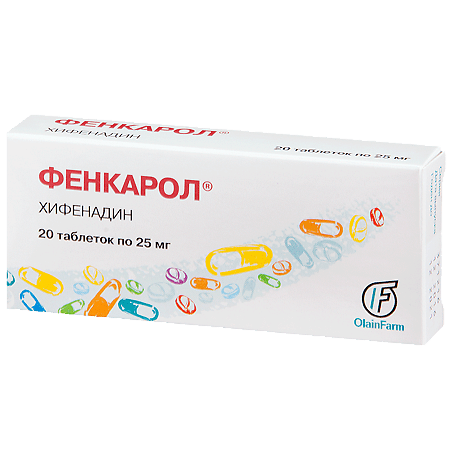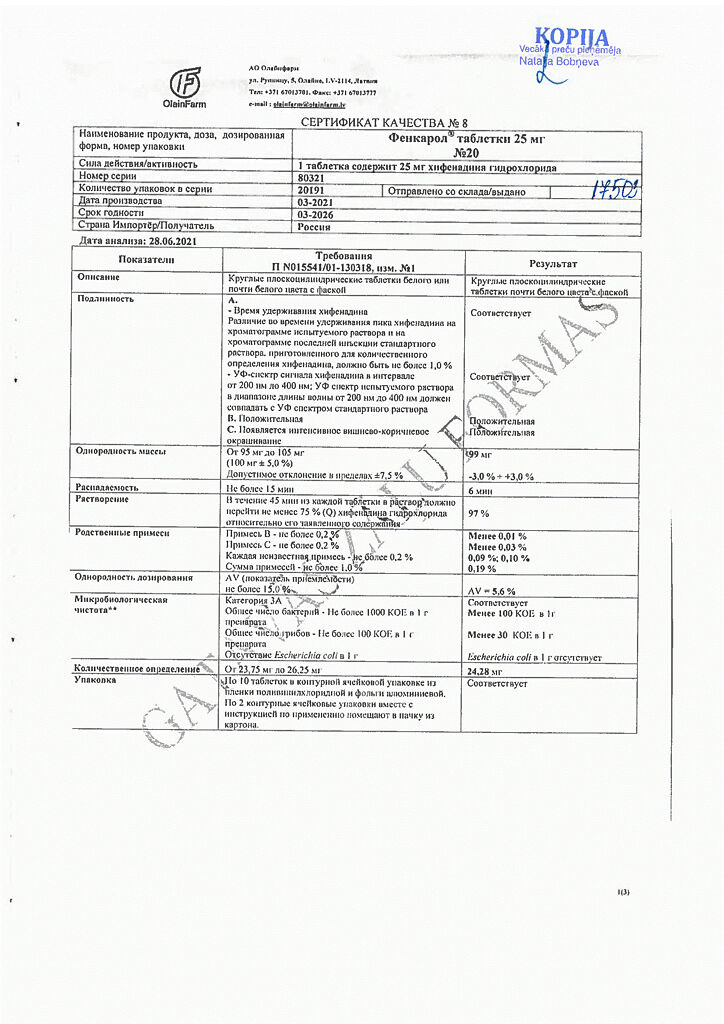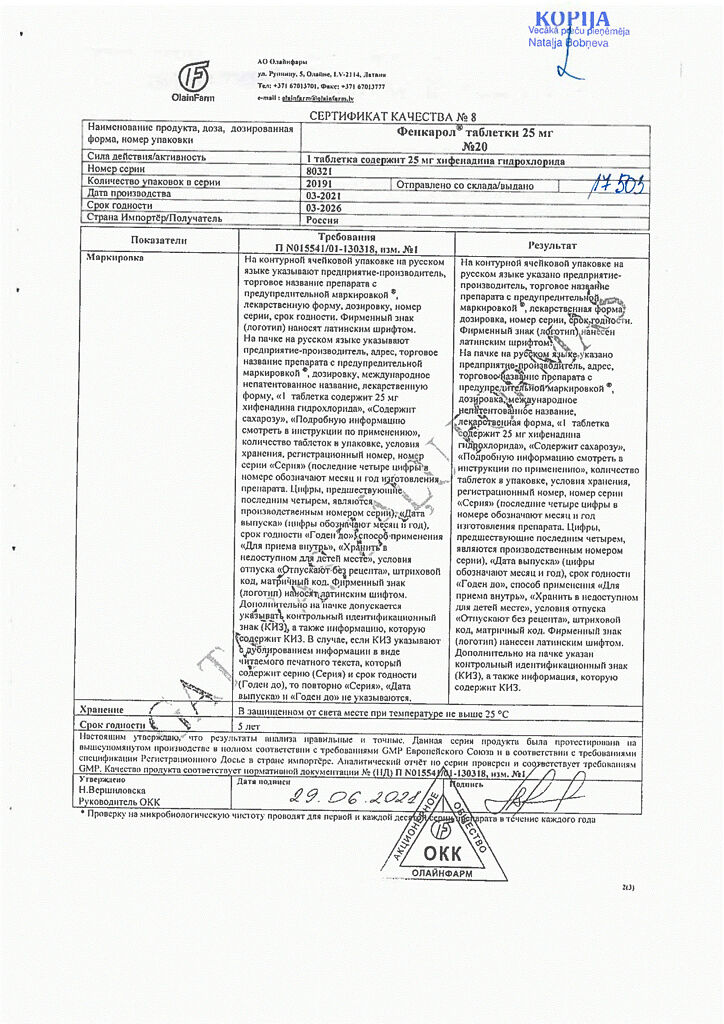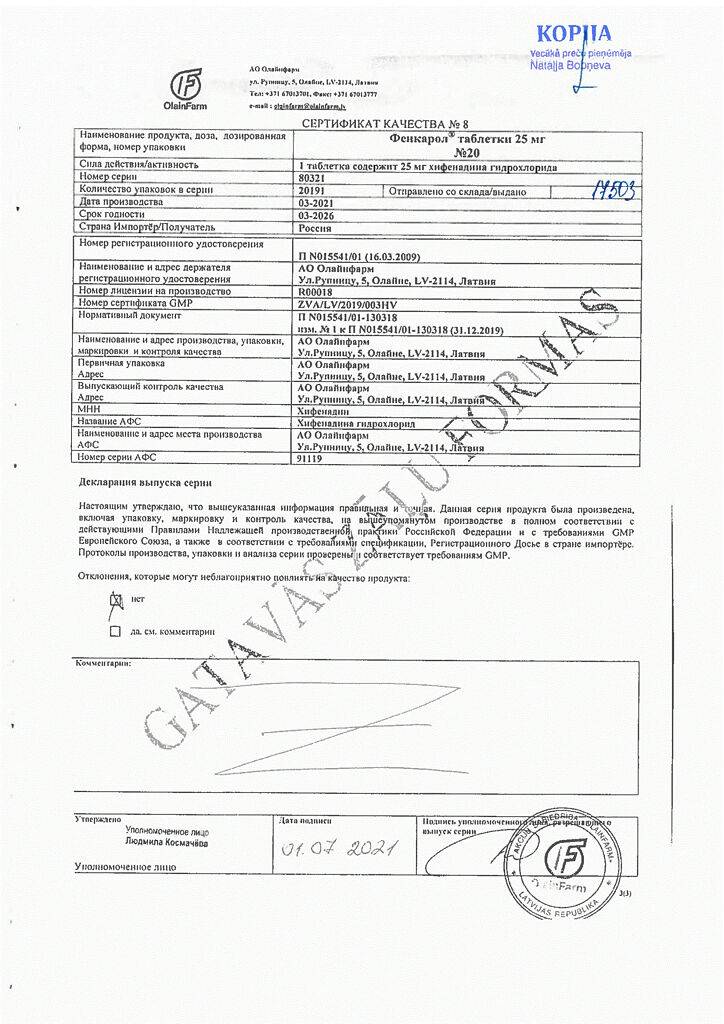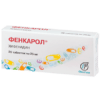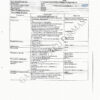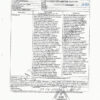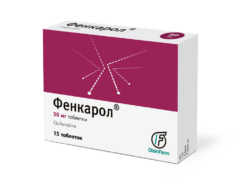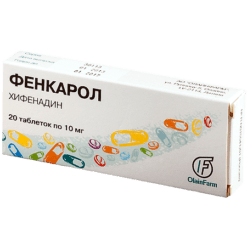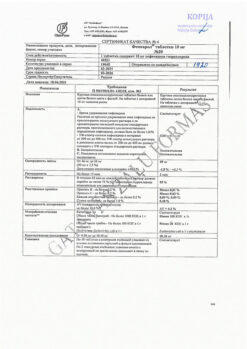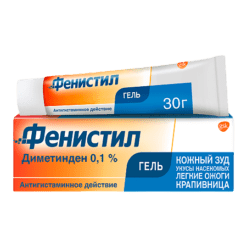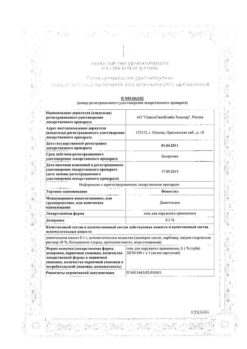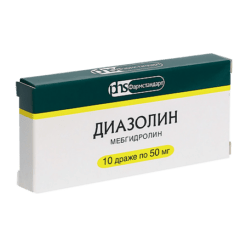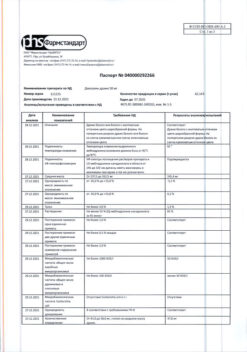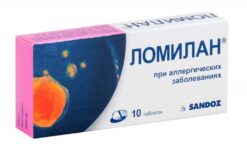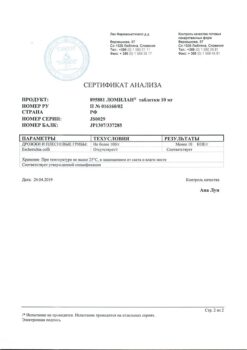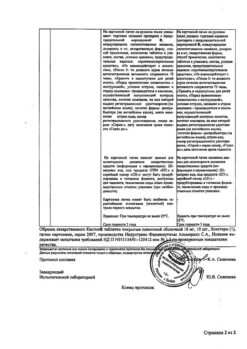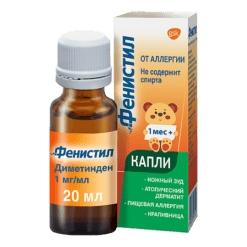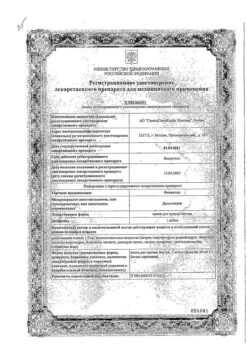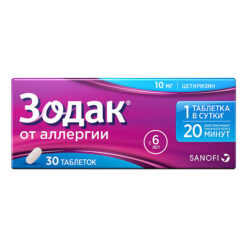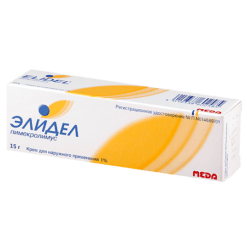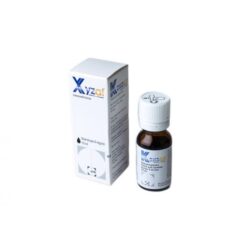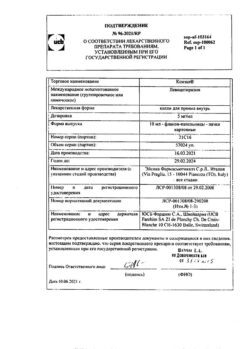No products in the cart.
Description
Phencarol – antiexudative, antipruritic, anti-allergic, anti-edematous.
Pharmacodynamics
The active ingredient of the drug is a blocker of H1-histamine receptors, it prevents the development and facilitates the allergic reactions. It has anti-allergic, antiexudative and antipruritic effects, preventing the development of allergic inflammation in the tissue.
Limits the effect of histamine, reduces its effect on vascular permeability (by reducing permeability it has an anti-edema effect), reduces its bronchospastic action and spasmogenic effect on the smooth muscles of the intestine, weakens the hypotensive effect of histamine.
Hyphenadine reduces the content of histamine in the tissues (due to the ability to activate diamine oxidase – an enzyme that inactivates histamine). With a course of treatment the antihistamine effect of quiphenadine is not reduced. It has moderate antiserotonin action, shows weak m-cholin-blocking activity. It does not have depressing effect on the CNS.
Pharmacokinetics
45% of quiphenadine is quickly absorbed from gastrointestinal tract and is already found in body tissues after 30 minutes. Cmax of active substance in blood plasma is reached after 1 hour. It has low lipophilicity, poor penetration through the BBB.
The highest content of the active substance was noted in liver, a little less in lungs and kidneys, the lowest – in brain (less than 0.05%, which explains the absence of suppressive effect on CNS). Hyphenadine is metabolized in the liver. Metabolites are excreted by the kidneys and intestines. The unabsorbed part of the drug is excreted from the intestine.
Indications
Indications
Hay fever, acute and chronic urticaria, angioedema, allergic rhinitis, dermatoses, including eczema, atopic dermatitis, itching.
Pharmacological effect
Pharmacological effect
Khifenadine is a blocker of H1-histamine receptors, prevents the development and alleviates the course of allergic reactions. It has antiallergic, antiexudative and antipruritic effects, preventing the development of allergic inflammation in the tissue. Weakens the effect of histamine, reduces its effect on vascular permeability (by reducing permeability, it has an anti-edematous effect), reduces its bronchospastic effect and spasmogenic effect on intestinal smooth muscles, weakens the hypotensive effect of histamine. Hifenadine reduces the content of histamine in tissues (associated with the ability to activate diamine oxidase, an enzyme that inactivates histamine). During a course of treatment, the antihistamine effect of quifenadine does not decrease. It has a moderate antiserotonin effect and exhibits weak M-anticholinergic activity. Does not have a depressing effect on the central nervous system.
Active ingredient
Active ingredient
Hifenadine
Composition
Composition
active ingredient: hifenadine hydrochloride 25 mg;
excipients: potato starch 40.5 mg, sucrose 33.5 mg, calcium stearate 1.0 mg.
Contraindications
Contraindications
– Hypersensitivity to any of the components of the drug.
– Pregnancy, lactation period.
– Sucrase/isomaltase deficiency, fructose intolerance, glucose/galactose malabsorption, since the drug contains sucrose.
– Children under 18 years of age (for a dosage of 50 mg).
Side Effects
Side Effects
Dryness of the oral mucosa, nausea, vomiting, drowsiness, allergic reactions, headache.
Interaction
Interaction
Hifenadine does not enhance the inhibitory effect of alcohol and hypnotics on the central nervous system. Having weak M-anticholinergic properties, it can reduce gastrointestinal motility and increase the absorption of slowly absorbed drugs (for example, indirect anticoagulants – coumarin derivatives).
Overdose
Overdose
Symptoms: dry mucous membranes, headache, vomiting, abdominal pain and other dyspeptic symptoms. Treatment is symptomatic. It is necessary to rinse the stomach, take activated charcoal, and consult a doctor immediately.
Storage conditions
Storage conditions
In a dry place, protected from light, at a temperature not exceeding 25 ° C. Keep out of the reach of children.
Shelf life
Shelf life
4 years
Manufacturer
Manufacturer
Olainfarm, Latvia
Additional information
| Shelf life | 4 years |
|---|---|
| Conditions of storage | In a dry, light-protected place |
| Manufacturer | Olinefarm, Latvia |
| Medication form | pills |
| Brand | Olinefarm |
Other forms…
Related products
Buy Fencarol, tablets 25 mg 20 pcs with delivery to USA, UK, Europe and over 120 other countries.

